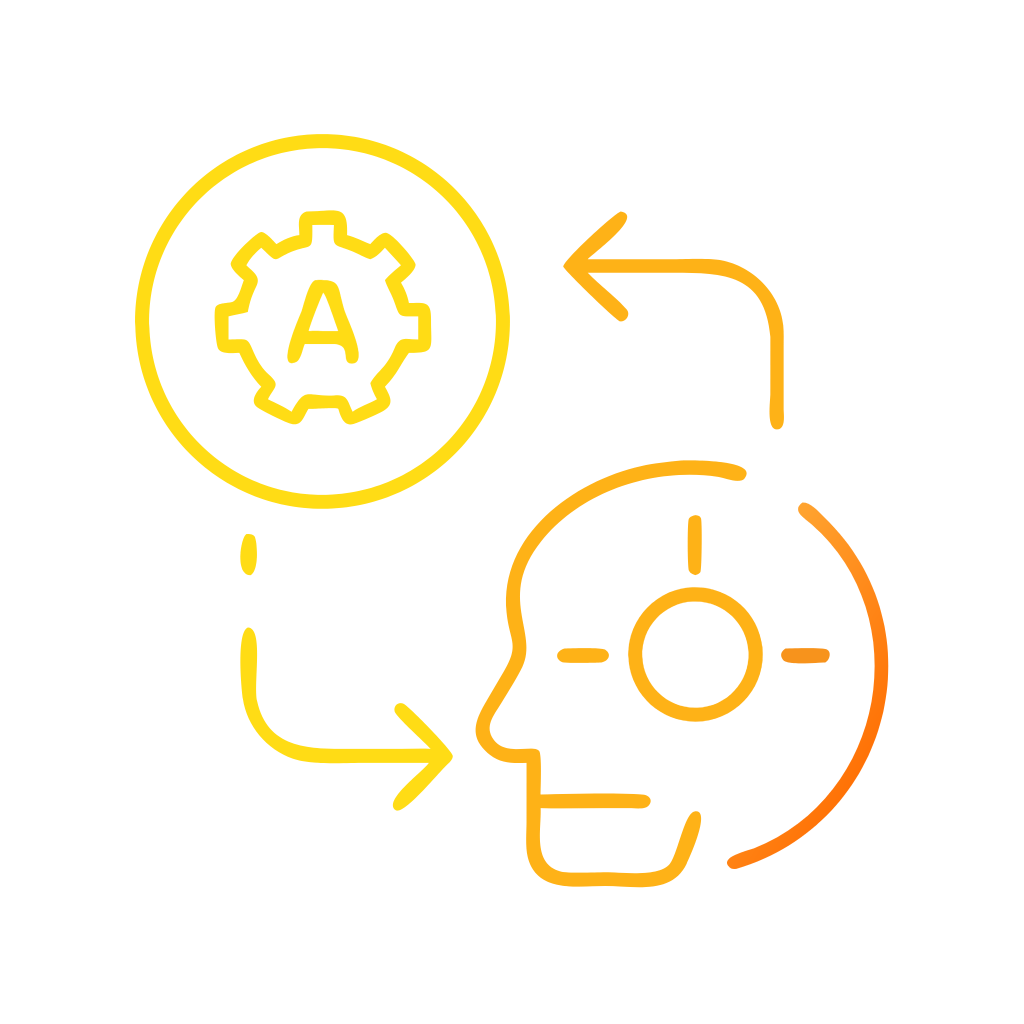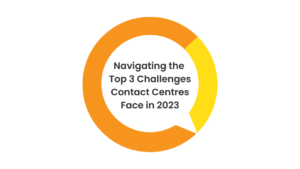Navigating the Top 3 Challenges Contact Centres Face
The Australian call centre industry plays a crucial role in delivering exceptional customer experiences. However, it faces several challenges that require immediate attention. According to the 2023 Australian Contact Centre Industry Best Practice report, the top three challenges faced by call centres in Australia are high agent turnover, rising customer expectations, and the need for omnichannel integration.
High Agent Turnover
The turnover rate in contact centres remains a persistent challenge, impacting operational efficiency and customer satisfaction. The report highlights that the average annual agent attrition rate in Australia is surveyed at 32%, significantly higher than the global average of 22% (1) and most likely under the actual attrition levels. Attrition is recognised as expensive to cover finding, training, and bringing staff up to the right competency levels is typically a cost of 20% or more of staff salary. With only 23% of employees stating they leave due to dissatisfaction with work, there are opportunities to improve employee satisfaction.
Short-term strategies:
a) Enhance employee engagement: Implement initiatives such as regular feedback sessions, recognition programs, and career development opportunities to boost agent morale and job satisfaction.
b) Streamline onboarding and training: Develop comprehensive training programs that equip agents with the necessary skills and knowledge to handle customer queries effectively.
c) Foster a positive work culture: Create a supportive work environment that promotes teamwork, open communication and work-life balance.
d) Have very clear shared goals aligned to the company’s objectives that are measurable and managed. People value purpose as well as a target and seeing progress motivates and prevents staff from seeking this purpose elsewhere.
e) Complete stay interviews as well as exit interviews. A stay interview happens independently at the end of each year and is consistent with the exit interview but for those who are not leaving the business. It helps understand what is driving people to stay so we can improve here as well as use the exit interview data to avoid doing things that make people leave. Attrition rates were typically reduced by 5%+ when we introduced this model.
Long-term strategy:
- Invest in technology-driven solutions like AI-powered chatbots and virtual assistants to automate routine tasks, reduce agent workload, and improve overall job satisfaction.
- Do an analysis to understand where the tipping point between attrition and performance is for your organisation and then gear your operations to it. This means analysing to understand where the typical employment period starts to see a performance drop in your contact centre.
- New predictive analytics solutions are now available to be built into contact centre reporting to predict who is likely to leave, when and what is driving this decision to enable managers to intervene with the next best action.
- Employee wellness services, with mental illness on the increase providing staff with contact points external to the company to gain assistance with their wellbeing is proving to be a game changer.
Rising Customer Expectations
Customers today expect personalised and seamless experiences across multiple channels. With a pandemic rapidly migrating people to digital services and the introduction of Generative AI this has been accelerated again. Meeting these expectations can be challenging for contact centres.
Short-term strategies:
a) Implement customer journey mapping: Understand the customer journey and identify pain points to optimise processes and enhance the overall experience.
b) Leverage single dashboard view of service with data analytics: Utilise customer data to gain insights into preferences, behaviour, and sentiment, enabling personalised interactions and proactive issue resolution. Having a complete understanding of the service performance on one screen helps to make real-time decisions.
c) Enhance self-service options: Offer self-service channels like chatbots, knowledge bases, and interactive voice response systems to empower customers and provide quick resolutions.
Long-term strategy:
- Build a self-funding project management office that has a human-centred focus, CX transformation, reducing cost while driving up consistency, accuracy and responsiveness of services.
- Invest in a contact centre platform that extends beyond omnichannel contact centre solutions and incorporates digital transformation & automation. It integrates various communication channels, enabling seamless transitions and consistent experiences across platforms.
Omnichannel Personalised Integration
The need to provide a personalised unified customer experience across multiple channels poses a significant challenge for contact centres.
Short-term strategies:
a) Integrate communication channels: Implement tools that enable seamless integration of voice, email, chat, social media, and messaging platforms to ensure a consistent experience.
b) Enable agent collaboration: Utilise collaboration tools that allow agents to share information and transfer customer interactions seamlessly.
c) Leverage cloud-based solutions: Adopt cloud-based contact centre solutions that offer scalability, flexibility, and easy integration with existing systems.
d) Centralise knowledge articles and data with a clear strategy. This will ensure all content is accurate, timely and actionable.
Long-term strategy:
- Invest in advanced contact centre technologies that leverage AI and automation to provide a unified view of customer interactions across channels, enabling personalised and efficient service delivery. As noted in the section above building a platform for the contact centre is the key.
- Centre of Excellence that owns personalised and accurate information built into the way organisations work. This can either be built, trained or rented as a service from providers. Knowledge as a Service delivers on this.
To round it out, Australian contact centres face significant challenges right now with high agent turnover, rising customer expectations, and the need for omnichannel integration. By implementing short-term strategies such as enhancing employee engagement, leveraging data analytics, and integrating communication channels, businesses can drive positive change. Additionally, investing in long-term solutions like AI-powered automation and omnichannel contact centre technologies will ensure sustained success in the evolving customer service landscape.
If you want to challenge the way you work, rethink, or just get an independent view that removes complexity, contact us today via the form below, to learn how our CX and Digital solutions can help you overcome challenges and thrive in the competitive market.
Resource: (1) 2023 Australian Contact Centre Industry Best Practice report, ACXPA





























